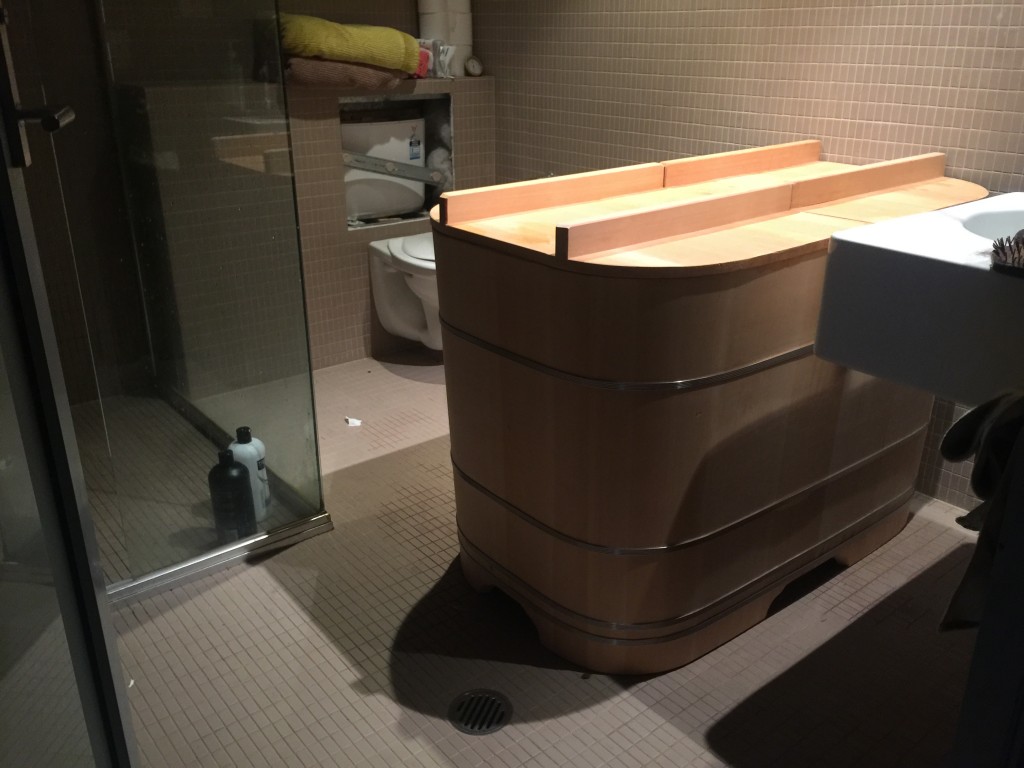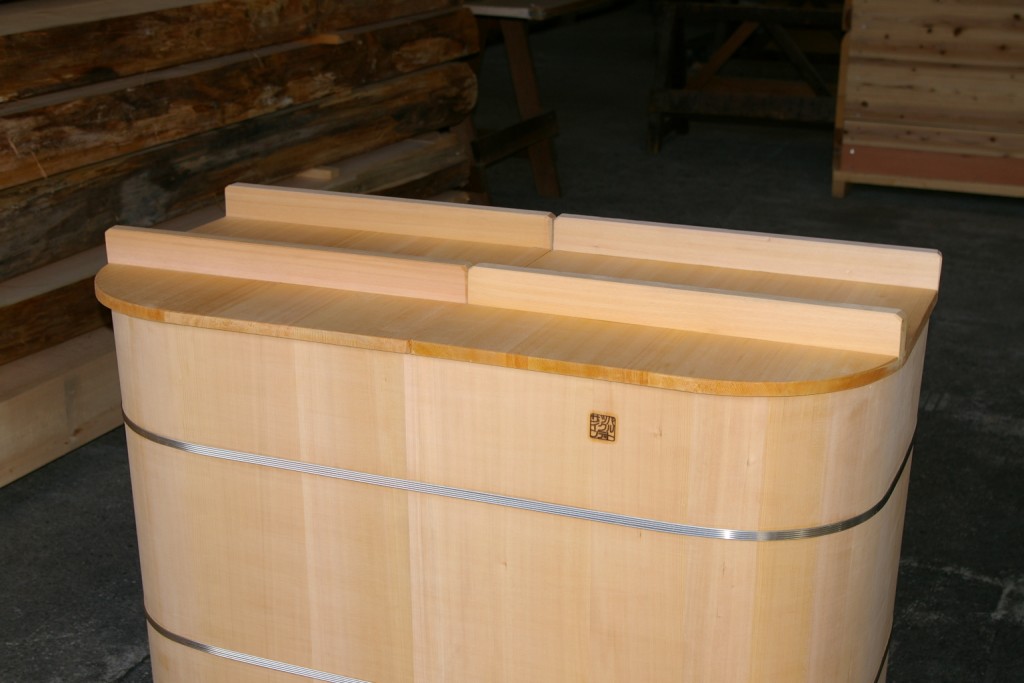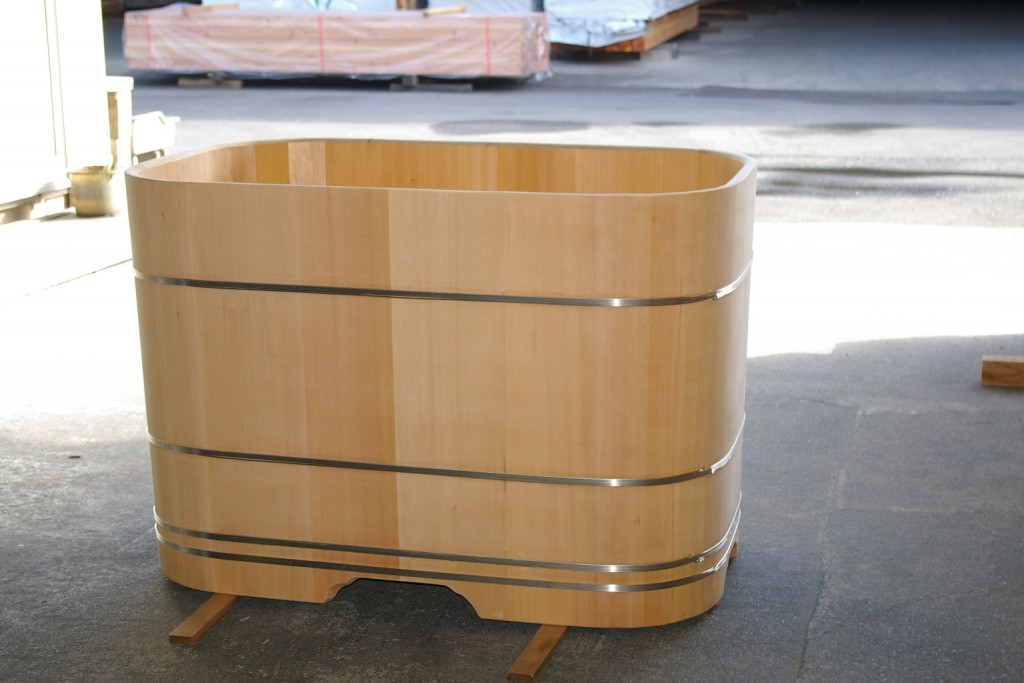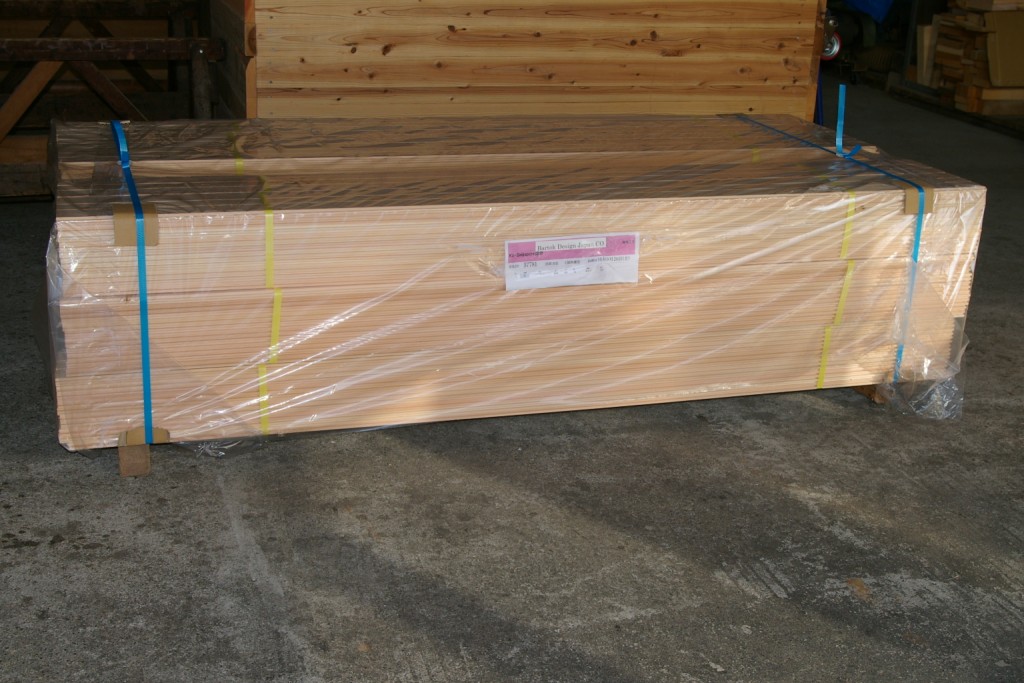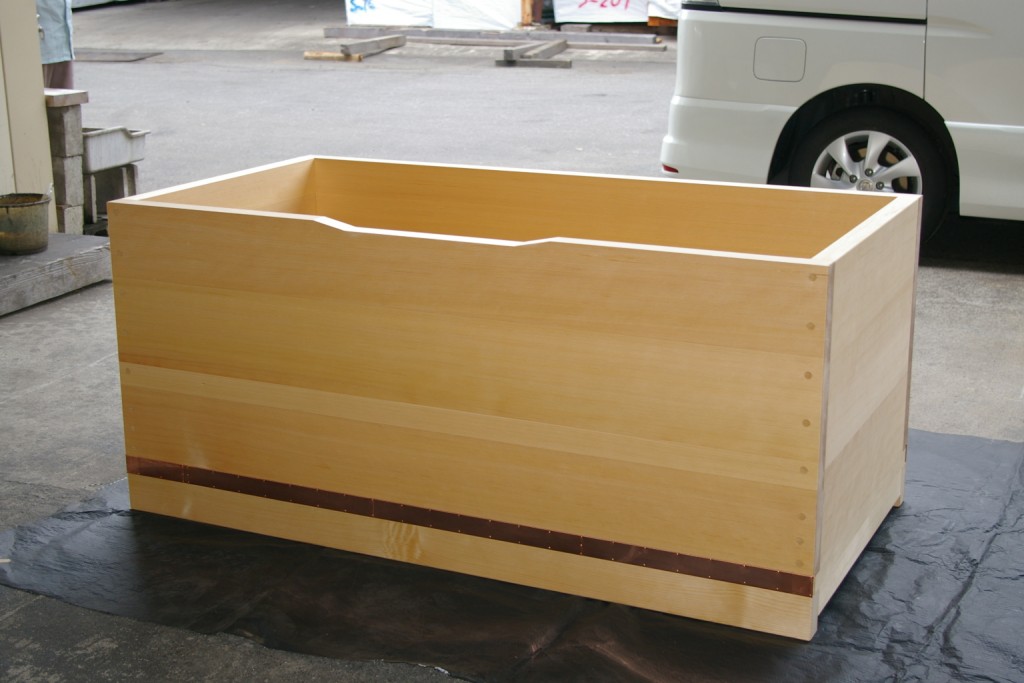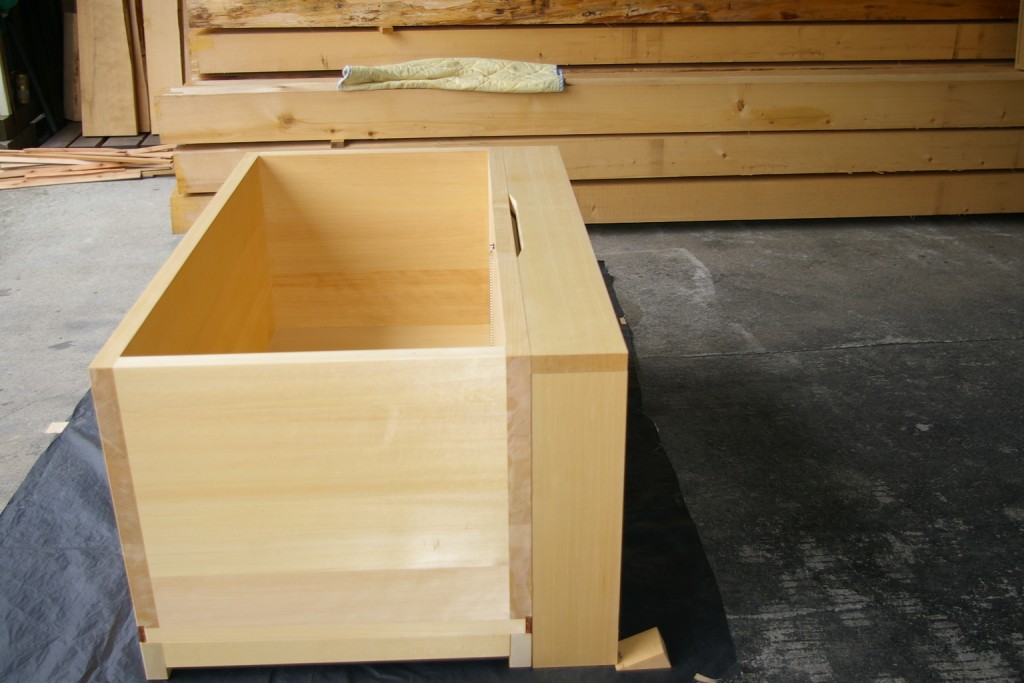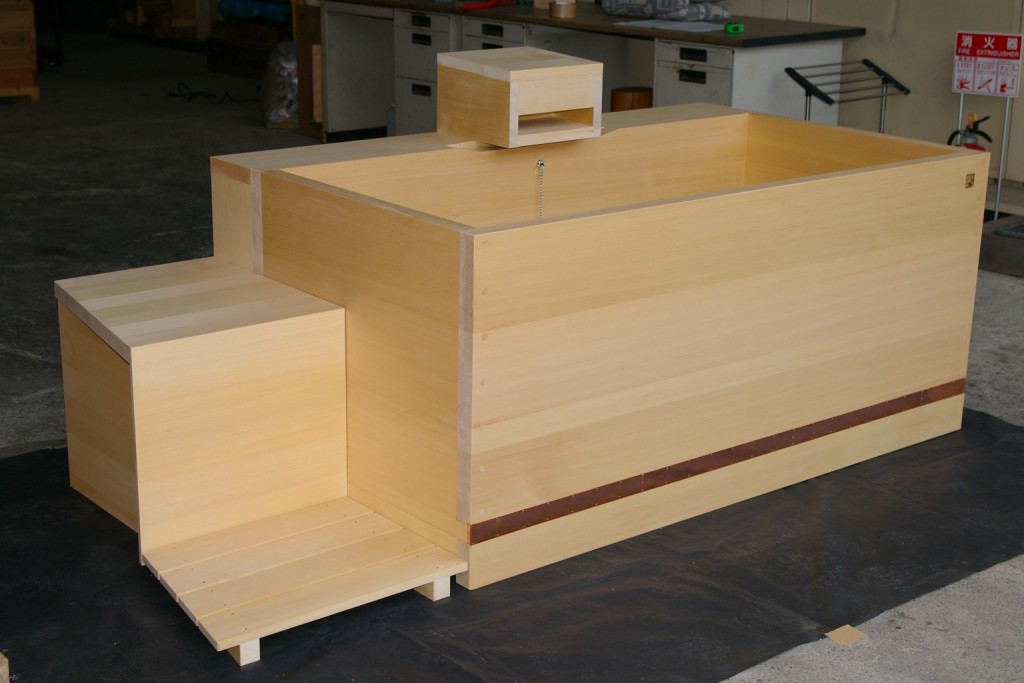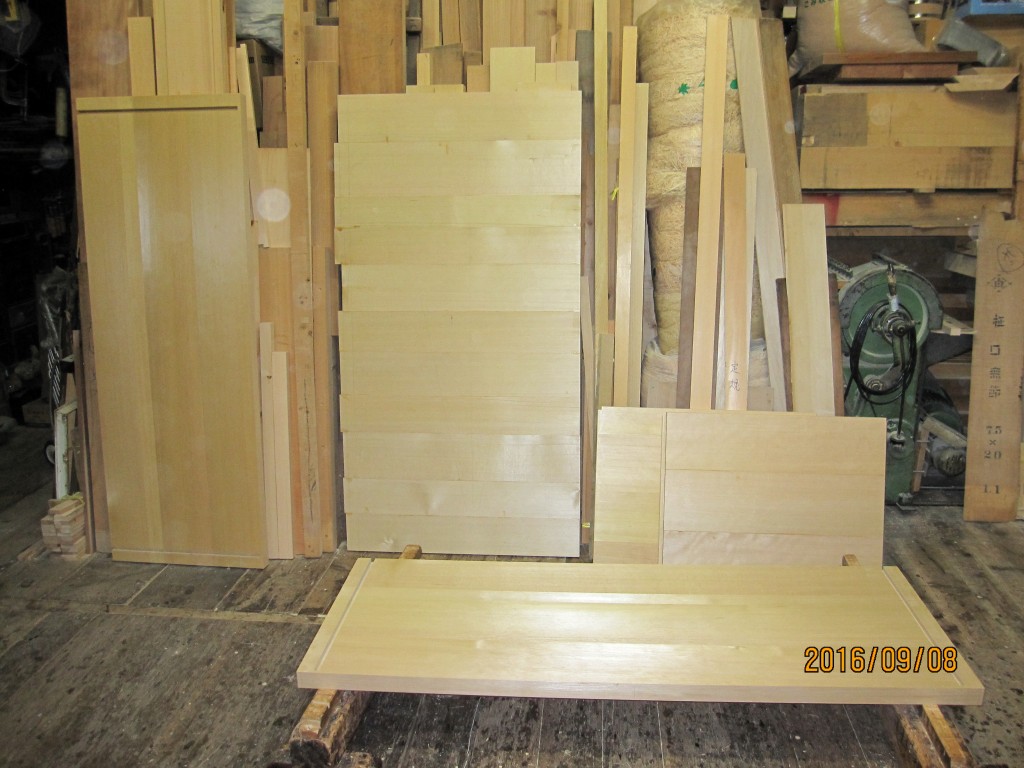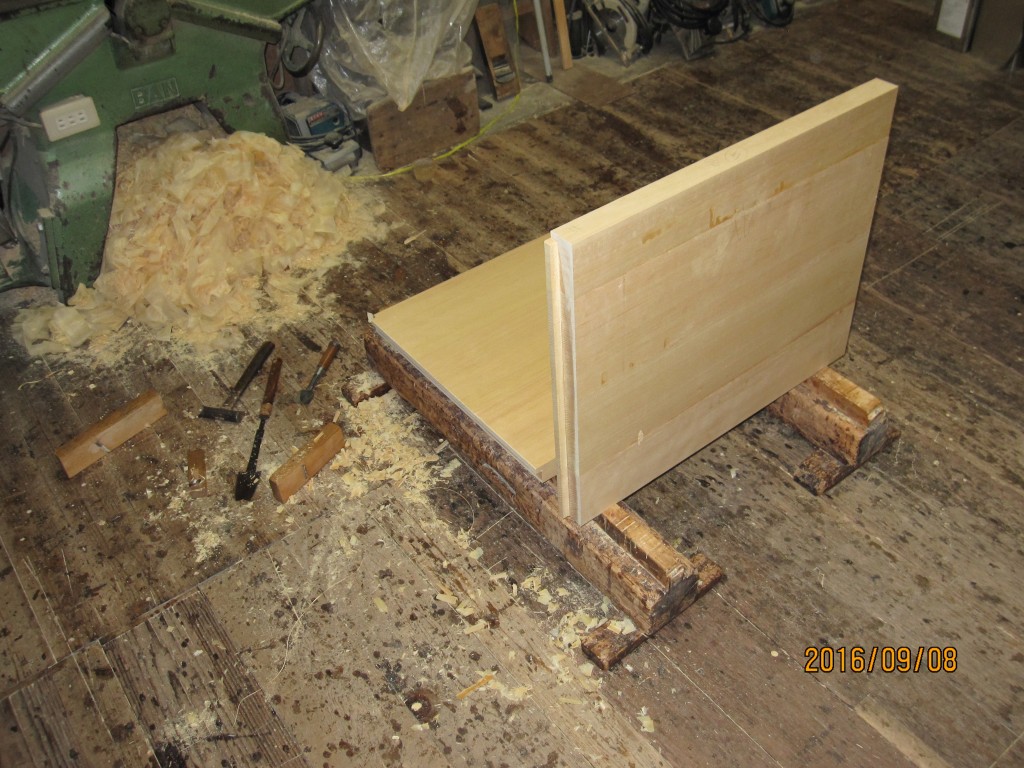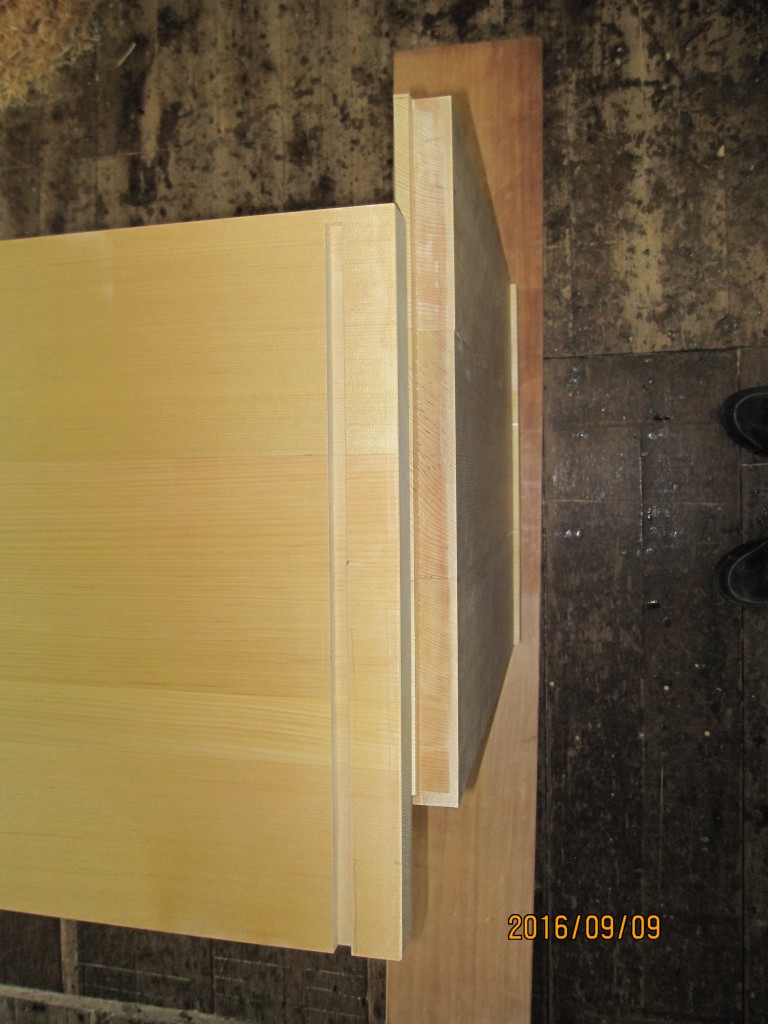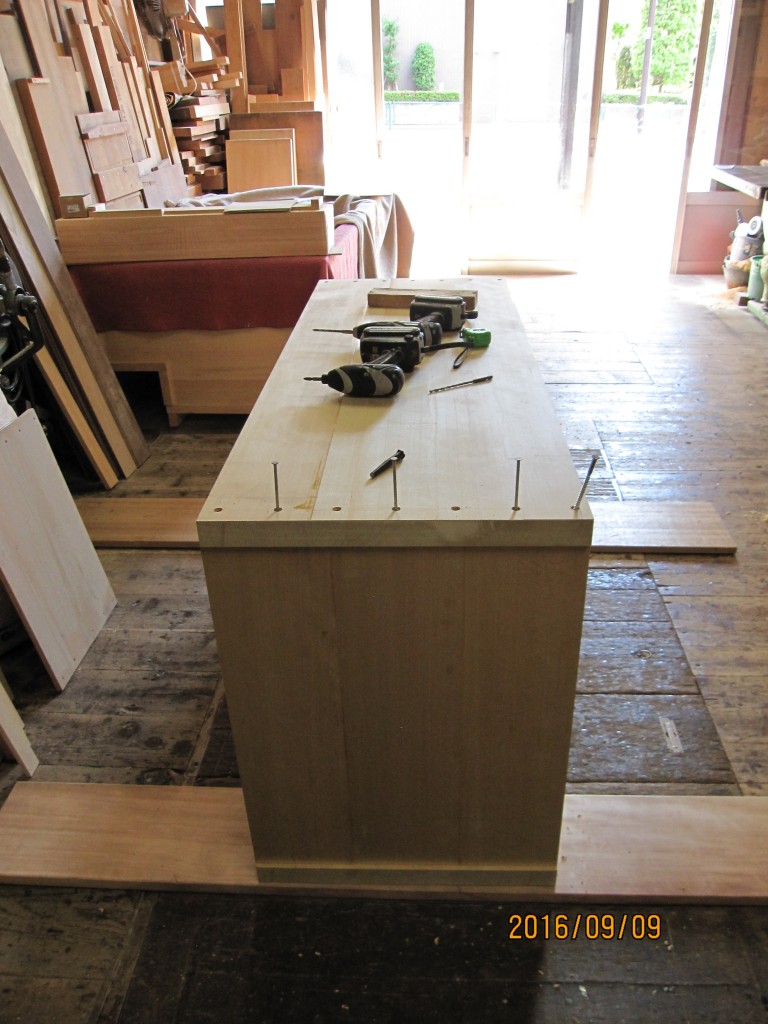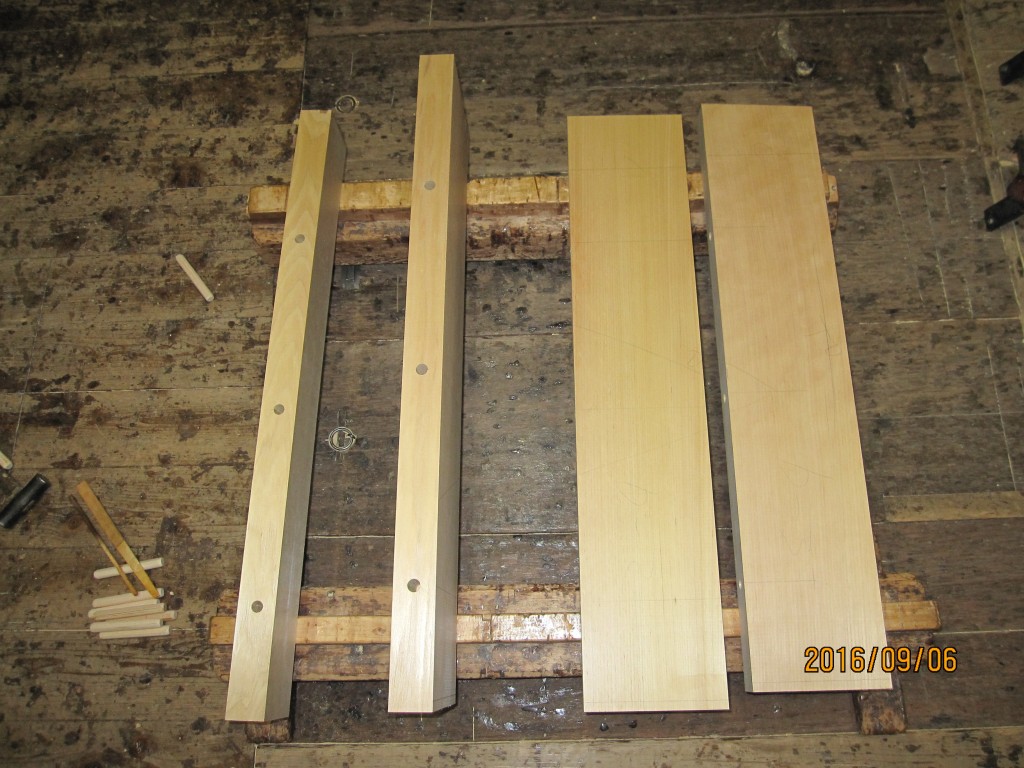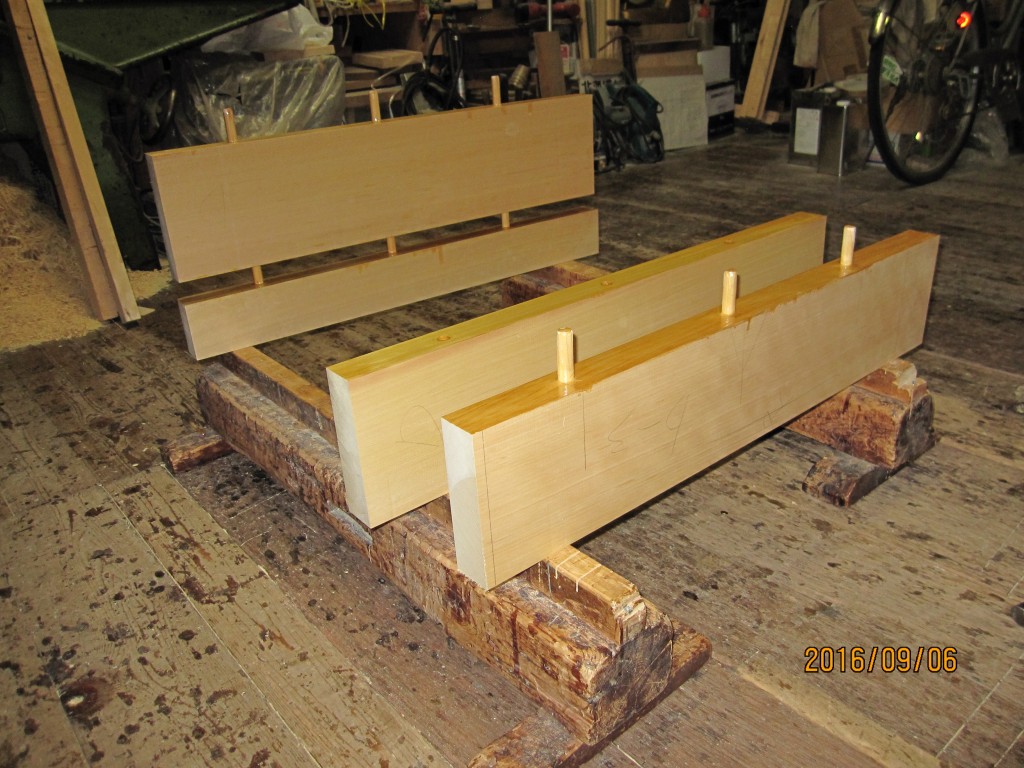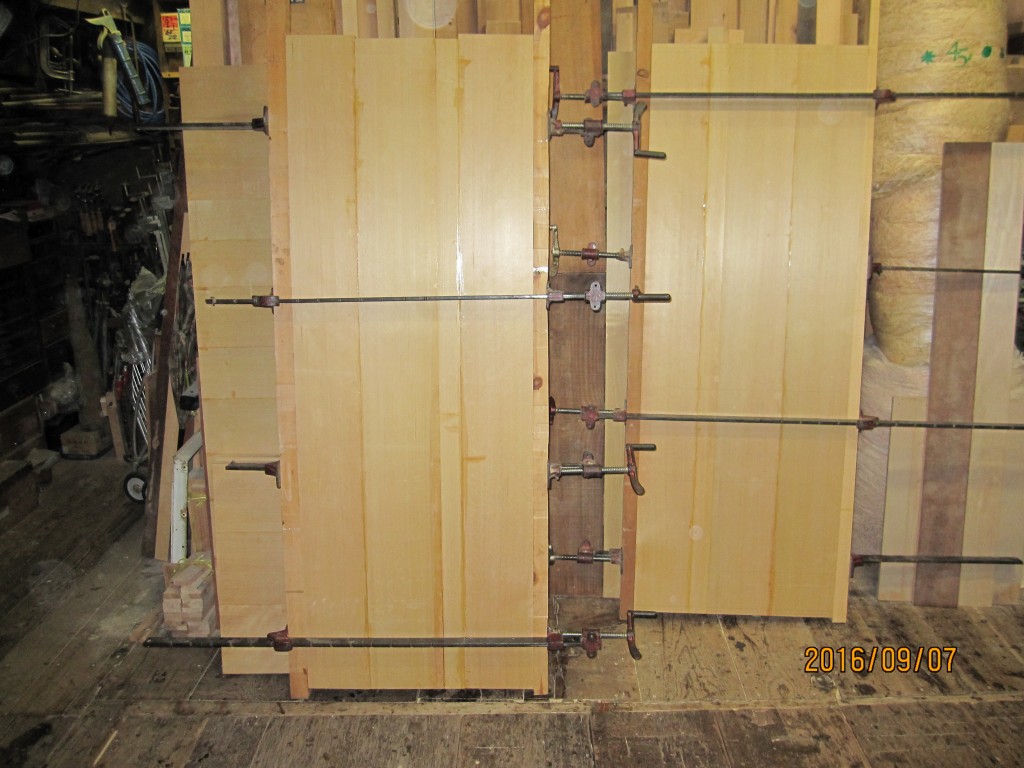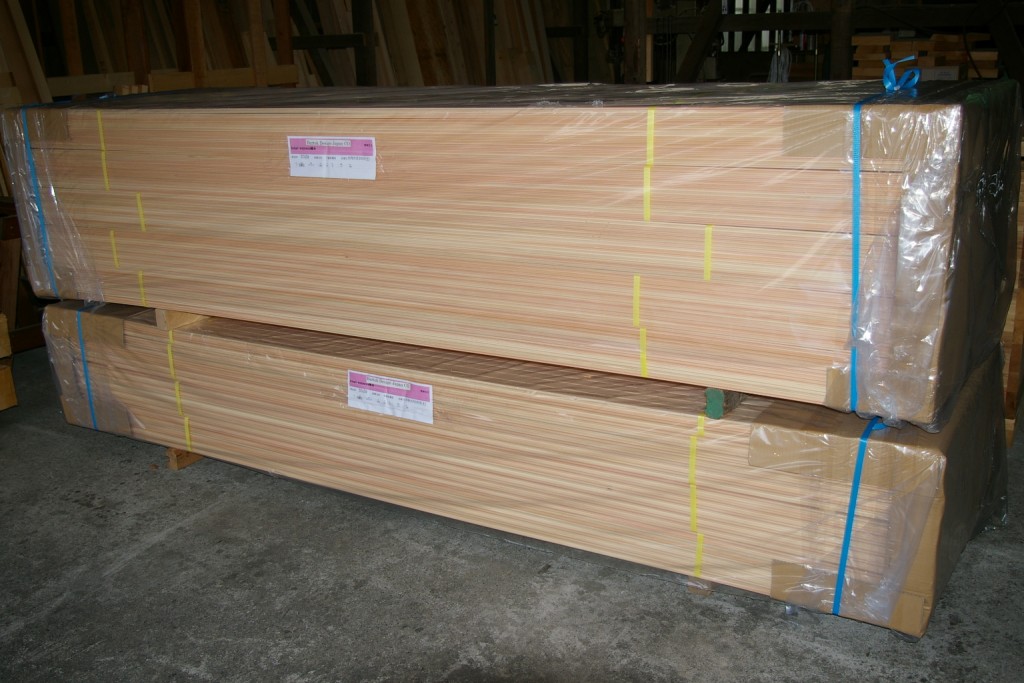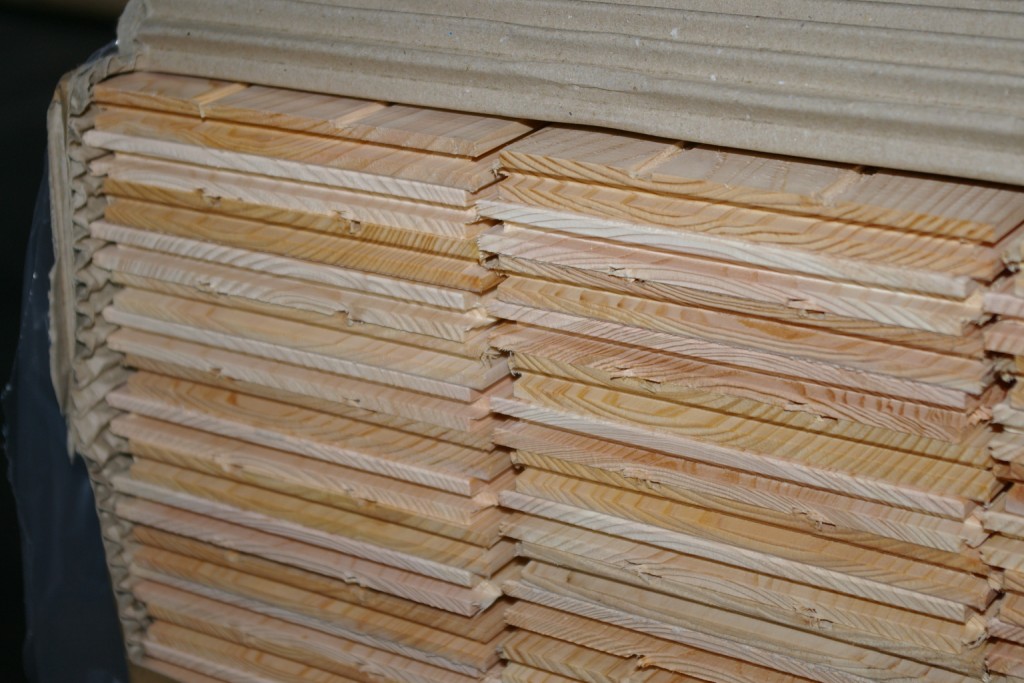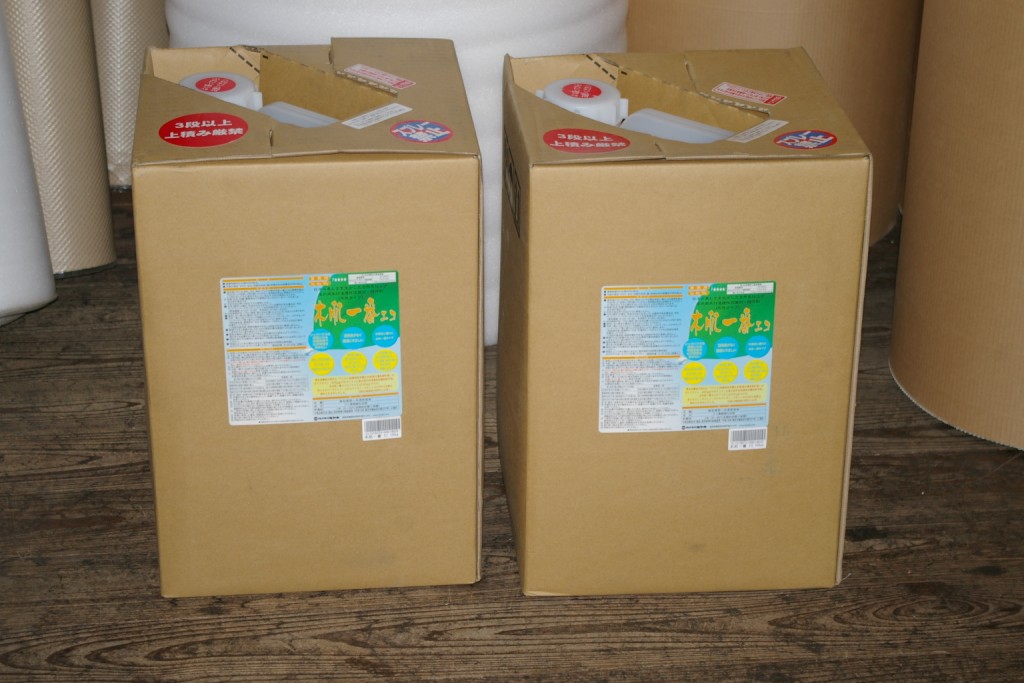Warranty: Is there a warranty against cracks/leaks?
We offer full warranty in case of damage during transportation. (replacement)
For any other problem (cracking etc.) we cannot offer a warranty because of the environmental conditions for which we cannot be responsible.
To avoid cracking we recommend to:
1) use the tub often (everyday is ideal)
2) do not use air conditioning or heaters in the bathroom (may be used while the tub is full). Beware also of centralized air conditioning.
3) in case of the above conditions cannot be met, we recommend to keep a bucket full of water inside the tub. This avoids the insurgence of cracks in most cases.
Until today we supplied over 250 tubs.
We had about 20 reports of cracks or leaks.
In 1 case we replaced the tub.
In 1 case we had the tub shipped back, repaired and have it reinstalled.
In some of the other cases we shipped a kit for repairing the tub (wood color epoxy putty). (Cost is about 3,000 JPY inclusive of shipping fee)
In most cases we supplied advice and the tub could be seamlessly repaired by the user.
With the assumption that all the customers who experienced a crack contacted us (but there may be some exceptions), about 10% of the tubs had crack problems (including tubs 10+ year old).
On the other hand, 90% of the tubs did not experience cracks.
I would say that in 90% of the cases the tubs are used as directed and the environmental conditions are met.
